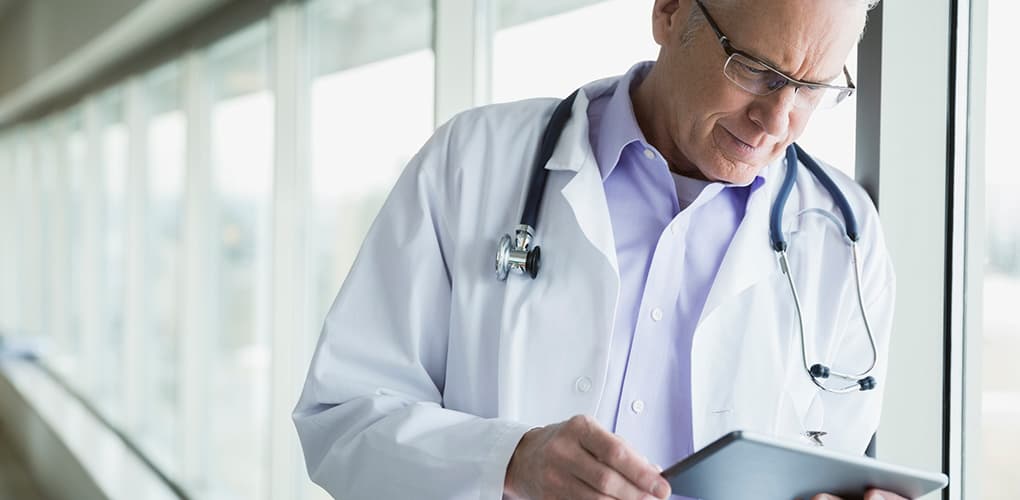< Back to Publications & Resources
CDC Updates Guidance on Isolation for COVID-19 Patients

Revised recommendations issued by The Centers for Disease Control (CDC) say those who test positive for SARS-CoV-2 should isolate for at least 10 days after symptoms first appear. The agency explains that the update is based on new evidence supporting a symptom-based strategy to mitigate the spread of the virus, as well as data on viral shedding indicating “persons with mild to moderate COVID-19 remain infectious no longer than 10 days after symptom onset.”
In an effort to limit transmission of COVID-19, physicians are advised to communicate the directive to all patients, in addition to the following precautions outlined by the CDC.
- COVID-19 positive patients who plan to discontinue isolation and precautions after 10 days must experience improvement of symptoms and resolution of any fever for at least 24 hours without the use of fever-reducing medications;
- Individuals who experience severe COVID-19 illness may warrant isolation up to 20 days after symptoms present; and
- Those who test positive for the virus but never develop symptoms can discontinue isolation 10 days after the date of their first positive RT-PCR test for SARS-CoV-2 RNA.
The CDC notes that a test-based strategy is no longer recommended for discontinuing isolation except for patients who are severely immunocompromised, and “serologic testing should not be used to establish the presence or absence of SARS-CoV-2 infection or reinfection.”
These amendments, according to CDC, will help limit “unnecessary prolonged isolation and unnecessary use of laboratory testing resources,” a result of the previous instruction which stated that individuals who test positive must isolate until they have had two negative swabs for the coronavirus. The agency says it will closely monitor all new information related to COVID-19 and update guidance accordingly.
Our insured clinicians are advised to monitor CDC guidance for the management and treatment of COVID-19 patients. Additionally, MLMIC has assembled a number of other critical resources to support New York physicians as they care for patients during the pandemic including:
- New Risk Prediction Model Can Help Inform Clinical Care Decisions Related to COVID-19, a blog post on the new risk prediction model to help physicians forecast a patient’s likelihood of testing positive for COVID-19;
- CDC Expands Criteria for Those at Higher Risk for COVID-19, a blog post on the agency’s expanded list of who is at an increased risk for getting severely ill from COVID-19; and
- NIH Guidance for Treating Patients with COVID-19, a blog post on managing and treating COVID-19 patients based on the severity of illness.



